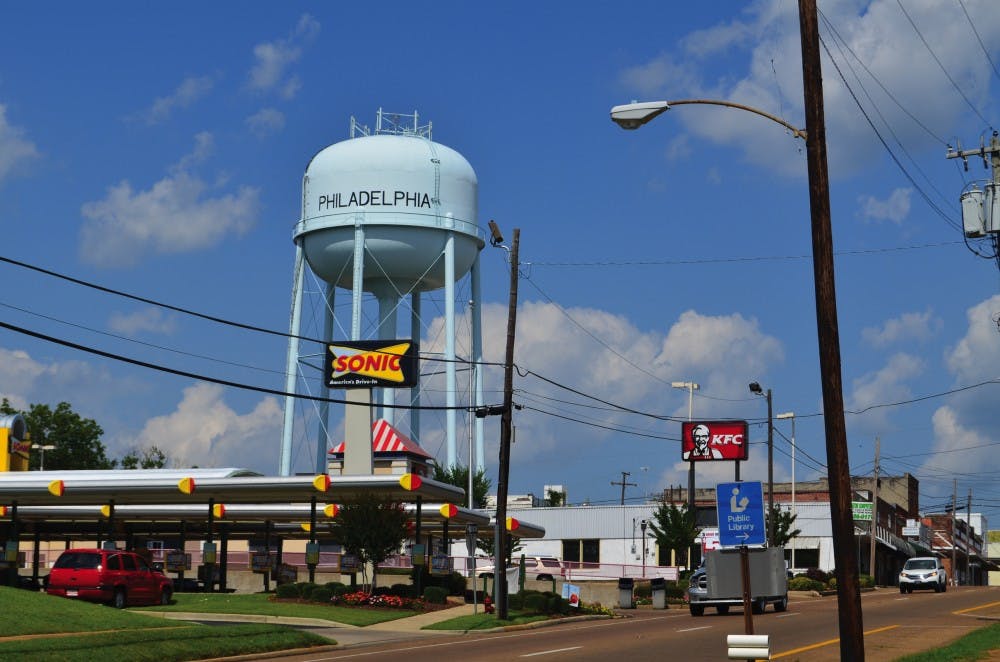
One Penn professor says 15 parts per billion is not the appropriate or healthy benchmark for the amount of lead in drinking water. | Courtesy of James Case
Philadelphia schools will soon have their drinking water tested for lead, but one Penn professor does not think the test standards will be sufficient for student safety.
Philadelphia’s Water Department follows the Environmental Protection Agency’s testing guidelines, which sets an “action level” of 15 parts per billion, the amount of lead in drinking water that requires attention and then action by the city and the Water Department. But some experts have argued that this is not the threshold for public health, meaning that a reading below that number doesn’t mean the water is safe to drink.
Department of Earth and Environmental Sciences lecturer Richard Pepino, who also teaches the Academically Based Community Service course “Urban Environments: Speaking about Lead in West Philadelphia,” said he does not think 15ppb is a healthy or appropriate benchmark for lead levels.
“I applaud the city for their efforts in retesting the schools, however, I do not agree with the technology-based standard. I prefer the health-based standard of 0ppb,” Pepino said.
Councilwoman Helen Gym, a 1993 College graduate, has been advocating for yearly monitoring and testing on the city’s water system to ensure safety in the district’s schools.
The Philadelphia School District said it will be retesting 40 schools across the city.
The district selected schools based on neighborhoods where children’s blood levels have tested high for lead, where students attend class in old buildings or ones that haven’t been renovated for more than 20 years.
“What came out of our work around lead poisoning in the spring was the importance of our water department to expand testing so we have a better sense of what the variations in our water are, what the needs are and what our capacity is when we encounter problems,” Gym said. “We are really pushing for expanded testing.”
The lead service lines can expose children to the dangerous hard metal. It is estimated that 20 percent or more of human exposure to lead may come from the lead service line that holds our drinking water, according to a fact sheet released by the New Jersey state government.
In June, the American Academy of Pediatrics called for stricter federal standards of one part per billion in school water fountains.
Children are particularly vulnerable to lead exposure, causing large and permanent health effects, including the development of the brain and nervous system. According to the Centers for Disease Control and Prevention, no safe blood level in children has been identified. In adults, low-levels of 10 micrograms per deciliter can cause high blood pressure and kidney problems.
In 2000, a similar situation occurred where 20 percent of Philadelphia schools had unsafe water in water outlets so the district decided to shut off 594 drinking faucets. The councilwoman said that they do not plan to shut down water structures.
“I hope we start to establish a set of standards and procedures that keep us vigilant and attentive to infrastructure needs and safety concerns so they don’t slide,” Gym said. “I also think we need to think about what our long-term solution[s] are going to be. We don’t have that right now, we are not really sure.”
The Daily Pennsylvanian is an independent, student-run newspaper. Please consider making a donation to support the coverage that shapes the University. Your generosity ensures a future of strong journalism at Penn.
DonatePlease note All comments are eligible for publication in The Daily Pennsylvanian.





